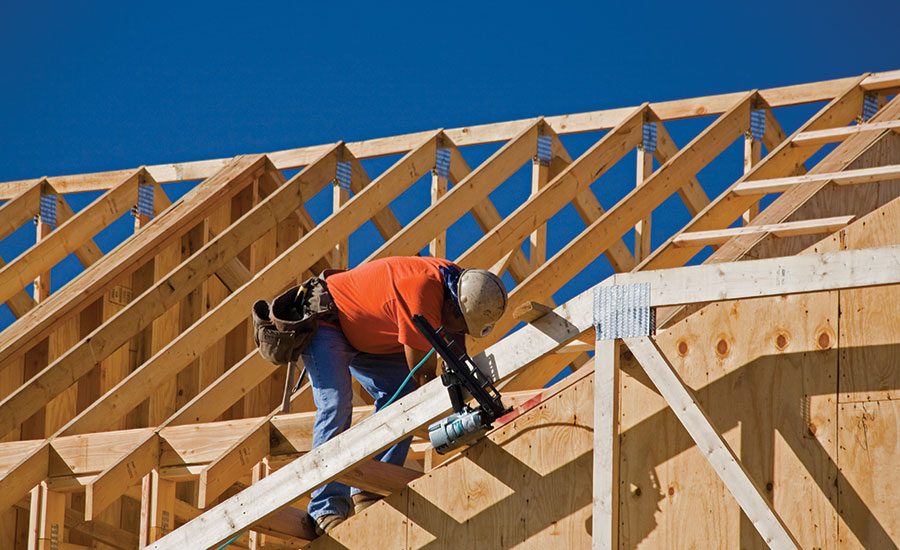Shortly after presenting to a group of industry professionals, I was approached by a member of the audience. They asked me what the difference is, in an industry where pricing is so heavily influenced by one major source, between a company that just barely breaks even and one that puts 20 percent or more to the bottom line. Not being one to give an answer that starts with “It depends…” I took the easy way out and resorted to the mathematical answer: profit is a simple equation. Revenue minus cost equals profit. If revenue or price is fixed, then the only way to influence profit is to reduce cost.
At the root of this seemingly simple equation, however, lies a not-so-simple solution to the question. The primary market drivers in disaster restoration are property damage insurance claims, as they make up the majority of contractor opportunities. Because the bulk of the funding for these opportunities is provided by the insurers, the claims settlement practices of the insurers influence the behavior and buying tendencies of the policyholders. In turn, this forces contractors to structure their operations in a way that meets the needs of the market, while still managing to turn a profit.
Nine years ago, I asked the late Marty King where he saw this business going. He did not hesitate in stating, “The restoration industry of the future will be divided into two types of contractors—order takers and businesspeople—who will be forced to seek opportunities through nontraditional referral sources.” The introduction of preferred vendor programs and third party claims administrators has had a profound impact on the way restorers conduct business. And, as Marty predicted, that impact has divided an industry into two very different types of contractors.
The Order Takers
Some restorers who participate heavily in vendor programs and with TPAs will read Marty’s quote and take offense to being a labeled an “order taker.” Others will laugh all the way to the bank, because they are benefiting from a revenue stream that is plentiful and as predictable as this business gets.
The key to turning a deep profit when performing program work is to pair the value of the service to the pricing afforded in that marketplace. As previously stated, the profit equation can only be influenced by two variables: price and cost. When the contractor agrees to work for a certain price, his only option to increase profit is to reduce cost. This leads to operational structures that can only yield one result: efficiency.
Preferred vendor programs and TPAs were built for two reasons: speed and volume. Most insurance carriers will tell you they were built for customer satisfaction, but let’s face it, not too many customers are satisfied when the project takes twice as long as it should. The fact is, the longer a job file stays open, the more money it costs both the contractor and the carrier.
To satisfy the needs of the market and show significant profit on the bottom line, restorers must streamline their operations in a way that moves projects through the pipeline as quickly as possible, while maintaining levels of quality which meet, but do not exceed, the customer’s expectations. The result looks like an assembly line that processes projects with a high degree of consistency. After witnessing this firsthand in several companies, I can tell you it is truly a thing of beauty and the impact to the bottom line is undeniable.
The Businesspeople
On the other side of the fence stands the steadfast independent contractor who looks at the divided marketplace in one of two ways: they either refuse to “sell out” to the demanding administrative burdens of the insurance carriers, or they recognize and appreciate the division for what it is, and choose to provide services to a client base that demands a level of value different from that which is produced under the previously described model. Either way, this segment of the population has an equal opportunity for profit. The operational model just looks different.
The pursuit of nontraditional referral sources such as trade contractors, property management firms, and real estate or independent claims professionals is not an easy endeavor. Nor is mass marketing to the end user. Both avenues are time consuming and costly. They take a toll on the consumer through the higher pricing needed to cover costs and produce a positive bottom line. So where is the real profit? Enter operations modeling again.
Value in the restoration world outside of vendor programs and TPAs resides not in speed and volume, but in cost savings and quality. Cost savings is achieved through minimizing the consequential damages associated with property loss. This includes, but is not limited to, additional living expenses, loss of use, loss of income, business interruption, and so on. Contractors in this arena can often save customers more money in consequential damages than the actual value of the property damage. The result is real value for which customers are willing to pay more.
Superior quality and craftsmanship is something that most customers want but few can manage the extra expense. The fact that an insurance policy only affords the customer a pre-loss condition does not help the situation unless, of course, the customer’s pre-loss condition is already superior in quality and craftsmanship. With that being the case, the customers who are able to afford more are most likely not going to tolerate being just another number in the assembly line of a vendor program. They will demand one-on-one attention, tight production schedules, and unlimited budgets.
The operational model necessary for these contractors to show real profit on the bottom line is one that is extremely lean, but loaded with talented and well-paid individuals. They sacrifice the luxuries of lavish offices and warehouse space, new trucks or fancy equipment, and pour their resources into project management and business development. They are creative, opportunistic, and extremely disciplined, with little to no field staff and a heavy reliance on subcontracted trades. This model does not usually generate top line numbers of which to be envious, as the real tale of the tape is at the bottom of both the income statement and the balance sheet.
Back to the Future
Predictions don’t always come true. As I finish penning this article on Oct. 21, 2015—the same day Marty McFly arrived in the future in the 1989 Back to the Futuresequel—it’s clear the movie was wrong about hoverboards being commonplace and the Cubs having won the World Series. However, Marty King’s predictions have come true and are now a reality for the world in which we live and work. The future of the restoration industry is not a mystery. It has indeed been divided into two types of contractors—order takers and businesspeople. Just remember that there is plenty of opportunity on both sides. All you have to do is choose wisely and structure your business with the right model.







Report Abusive Comment